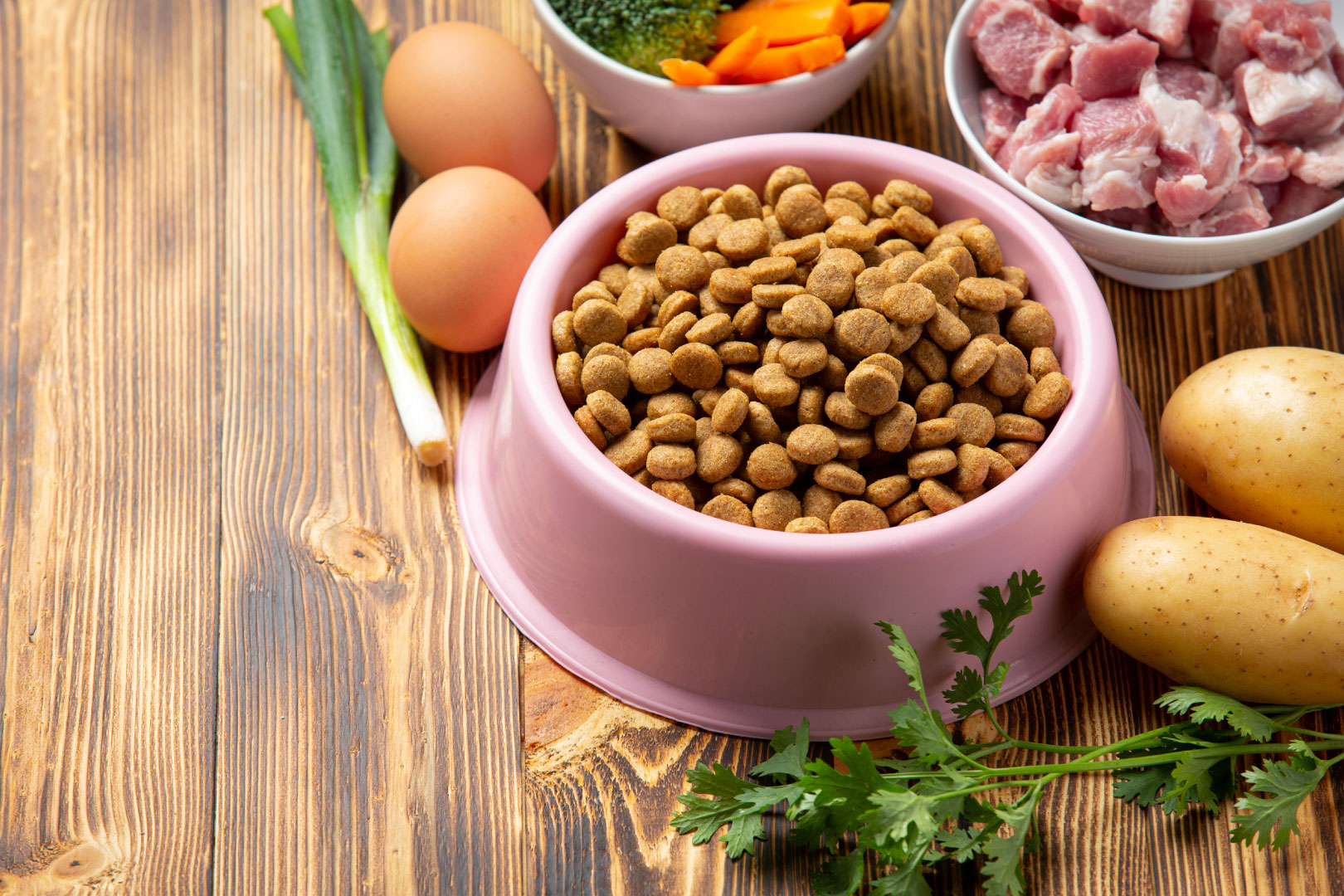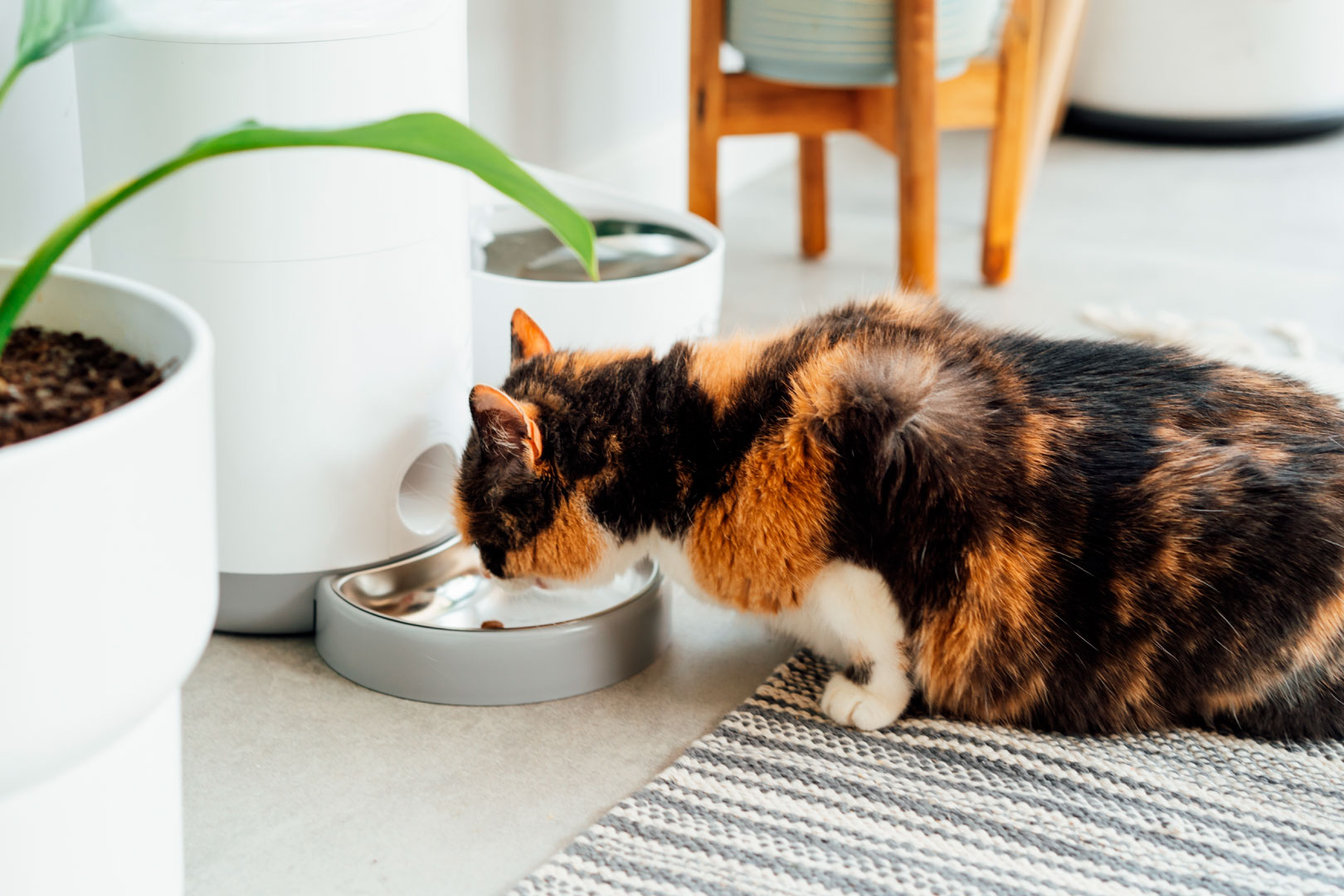Natural feeding typically means preparing homemade meals, either raw (like the BARF diet) or lightly cooked. Advocates often report benefits like improved digestion, shinier coats, more energy, and reduced allergies. You also get full control over ingredients, which is helpful for dogs with sensitivities.
However, this approach isn’t without its challenges. The biggest concern is nutritional balance. Dogs have specific dietary needs, and without proper planning — or professional guidance — a homemade diet can lead to serious deficiencies or excesses, especially in puppies or dogs with medical conditions.
Raw feeding brings added concerns about bacteria like salmonella and E. coli, which can pose risks to both dogs and humans if the food isn’t handled safely. While many dogs tolerate raw food well, owners must be diligent with hygiene and sourcing.
There’s also the practical side: natural feeding takes time, effort, and usually more money. You need to plan meals, shop regularly, and often include supplements like calcium or omega-3s to ensure the diet is complete. Simply guessing or copying recipes online is risky — every dog is different, and what works for one may harm another.
So, should you feed your dog a natural diet? It depends. If you have the time, motivation, and are willing to work with a vet or canine nutritionist, natural feeding can be a great choice. But if that seems overwhelming, choosing a high-quality commercial food is still a very good, safe, and convenient option.
At the end of the day, the best diet is the one that keeps your dog healthy, happy, and thriving — whether it’s fresh food made at home or premium kibble from a trusted brand.



